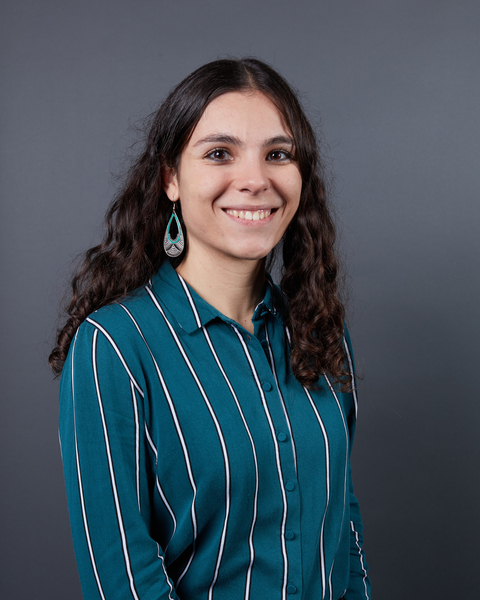Objectives
Abstract:
Atmospheric mineral dust, primarily emitted by wind erosion from arid and semi-arid regions, is composed of a variety of mineral particles exhibiting distinct composition, shape and size. A comprehensive understanding of the impact of dust on weather and climate requires a thorough investigation into its physical and chemical properties. Historically, there has been a comparatively limited exploration of these properties for high-latitude dust, especially when contrasted with the abundance of studies on mid-latitude dust. This research aims to advance knowledge on dust properties using meteorological data and size-resolved dust concentration measurements from two distinct campaigns: the largest-ever field dust campaign conducted in Iceland during August 2021 at the desert of Dyngjusandur, as part of the FRAGMENT and HiLDA projects, and a prior campaign that took place in September 2019 at "L' Bour,'' a dry lake situated in the Drâa River Basin on the periphery of the Sahara desert, also under the FRAGMENT project umbrella. Specifically, the focus is on comparing particle size distributions (PSDs) of surface dust concentration and diffusive flux from both campaigns across various friction velocity ranges. Remarkably, the analysis reveals significant differences between the PSDs at the two locations, with Icelandic dust exhibiting coarser characteristics compared to Moroccan dust. This study offers crucial insights into understanding the emitted dust PSD from a high-latitude volcanic source, providing implications for long-range dust transport.
 Short Bio:
Short Bio:Cristina González-Flórez received her BSc degree in Physics (2017) and MSc degree in Meteorology and Geophysics (2018) from the Complutense University of Madrid, Spain. In November 2018 she joined the Atmospheric Composition group of the Earth Sciences Department at the Barcelona Supercomputing Center (BSC) and last year she completed her Ph.D. in Environmental Engineering Program at the Universitat Politècnica de Catalunya. The overall aim of her thesis has been to improve our fundamental and quantitative understanding of the emitted dust particle size distribution and its variability, based on the measurements from an intensive dust field campaign conducted in Morocco in 2019. Currently, she is a postdoctoral researcher at BSC.


